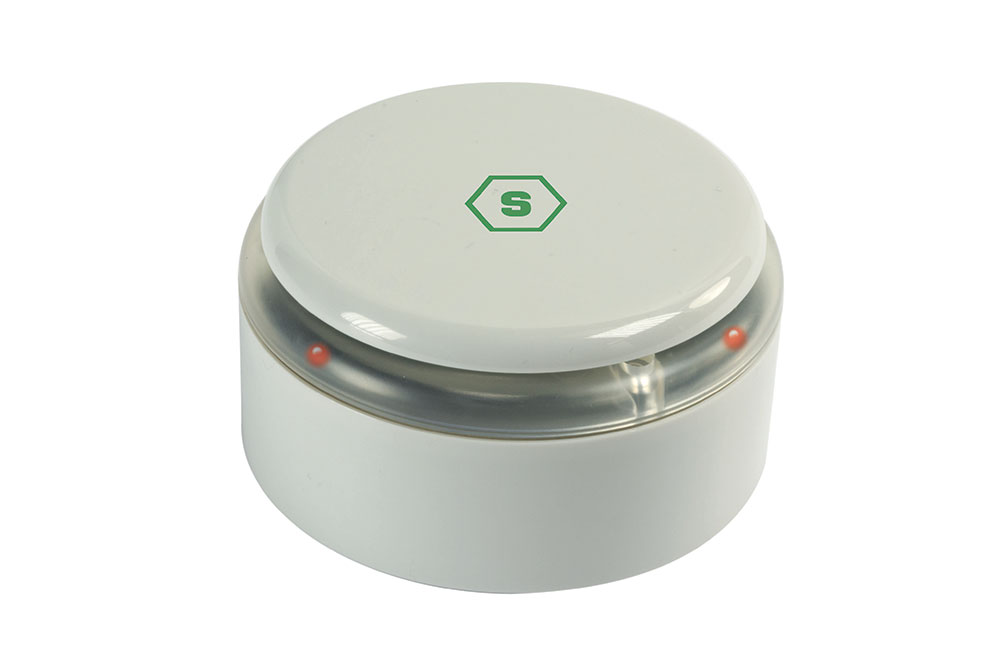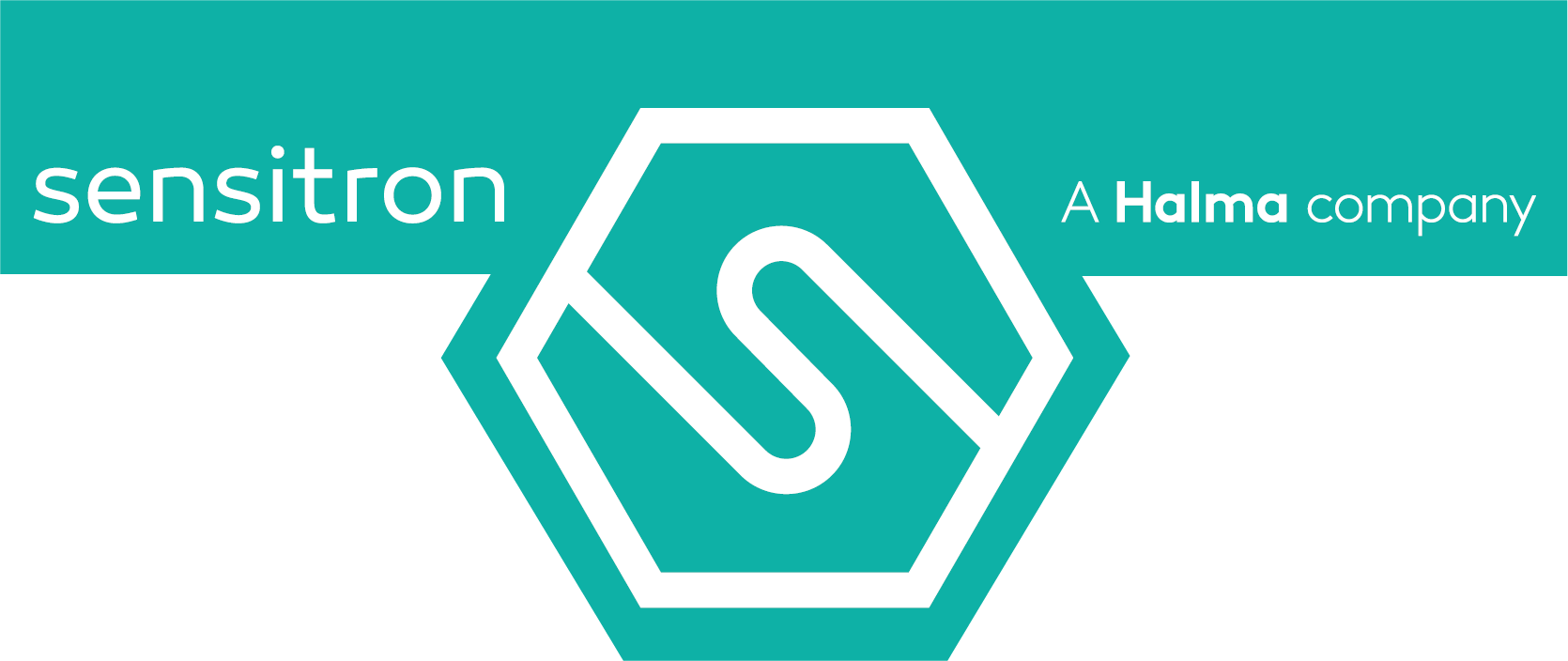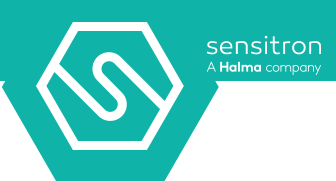
New technologies in refrigerant gas detection: Smart 3-H sensors
The publication in the Italian Official Journal, in January 2019, of the new Fgas Directive on minimum requirements and conditions for the recognition of company certification with regard to fixed refrigeration and air conditioning equipment and heat pumps containing fluorinated greenhouse gases, made it necessary to use non-polluting refrigerant gases with low GWP (Global Warming Potential).
These gases can be naturally occurring natural gases (carbon dioxide, ammonia and hydrocarbons) or synthetic refrigerants (e.g. olefins R1234yf and R1234ze).
On the other hand, a natural consequence of this new guideline has been the need to correctly detect gas leaks from these systems, for ensuring the safety of people, animals and the environment. It is important to realise that a refrigerant gas loss may generate oxygen deficiency and lead to fainting or, alternatively, may cause fires where the gas in question is flammable.
However, before discussing the merits of the new technologies for the detection of refrigerant gases, it is useful to take a step back and explain what exactly these substances are and how the market that manages their processing is developing.
Refrigerants are special substances which, under specific pressures, absorb significant amounts of heat by passing from liquid to gaseous state, reaching extremely low temperatures.
At present, and in view of the new legal provisions on refrigerant gases which we highlighted at the start of this post, the market is moving in two main directions: the first, aimed at finding new refrigerants with low environmental impact; the second, oriented instead to rediscovering natural refrigerants.
Research on new refrigerant gases is ongoing, with a particular preference for the use of HFO gas (marked by low or zero GWP but also average flammability levels, corresponding to A2L).
Among the currently most used gas carriers in air conditioning systems is R410A, which is a 50% mix of R32 gas and 50% R125 and it is neither toxic nor flammable despite its high GWP.
At the same time, refrigerant gas detection technology has moved forward hand in hand, increasingly specialising in proper management of these new substances.
More specifically, the new detectors using IR (infra-red) technology are appreciated for their ability to detect gas leaks extremely fast, for their selectivity and time stability and because they remain calibrated longer than other technologies. In addition, IR sensors do not present the issues associated with semiconductor and catalytic sensors, which can be damaged by the composition of the very gas they are required to detect.
With the aim of responding to the growing demand for detection of new refrigerant gases, Sensitron has developed the Smart 3-H infra-red sensor range, marked by a competitive price and quality that is the hallmark of all solutions offered by a leading and certified industrial gas detection company.
Smart 3-H: the range of IR sensors for the detection of refrigerant gases
The series of Smart 3-H gas detectors is available as the wall-mounted version, recessed and stand-alone, to 220 V with light and sound activation. Alternatively, the 10-30 V version is an excellent choice that can be connected to the control panel for remote alarm control and silencing.
Smart is part of the innovative product range which Sensitron has developed specifically focussing on the Fgas Directive for the detection of flammable gases, ammonia, carbon dioxide (CO2) and, in general, all hydrogenated gases, in accordance with EN 378-3 and ISO 5149-3, EN50676 EN 14624 and IEC 60335-2-40 Annex.
More specifically, the Smart series includes:
- Smart 3G-C2: to detect, in classified areas, the presence of flammable substances (% LIE), toxic gases in ppm, refrigerant gases or for the detection of deficiency or excess of oxygen. Ideal for civil and industrial applications.
- Smart 3G-C2: to detect, in Zone 2 classified areas, the presence of flammable substances (% LIE), toxic gases in ppm, refrigerant gases or for the detection of deficiency or excess of oxygen. It may be used in civil and industrial applications.
- Smart 3-R: for the detection of explosive, toxic and refrigerant gases in a safe (unclassified) area. Ideal for applications in light industry and machine rooms.
- Smart 3H Lite: designed to meet the requirements of A1 and A2L refrigerant gas detection in environments such as hotels and commercial buildings, while keeping costs low.
- Smart 3H-FM Lite: designed to meet the requirements of A1 and A2L refrigerant gas detection in environments such as hotels and commercial buildings, while keeping costs low.
Get in touch with Sensitron to receive customised advice.

